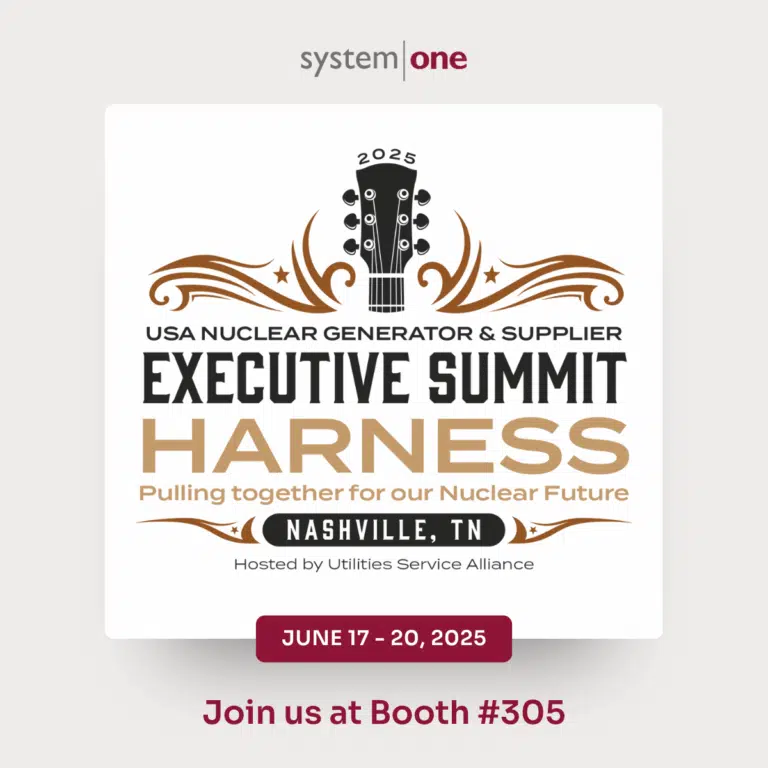How to Write a Resume Optimized for Recruiting Software

When was the last time you wrote a resume or gave yours a refresh? Whether you’re creating one from scratch or updating an old version with your latest accomplishments, ensuring it’s compliant with today’s hiring processes and software is crucial to stay competitive in your job search. More and more, companies and organizations are relying on automated technologies to perform their initial resume reviews. So, we’re here to help you be sure your career highlight reel of professional skills, successes, and stats will make it past the machines and into a hiring manager's hands.
Set yourself apart with a strong resume
Your resume is often how you make your first impression with a company. It’s a pivotal resource for hiring teams to get the rundown on everything from your education and experiences to your strengths and certifications. A strong resume includes impressive moments from your career and is well organized, clear and concise, and aligned with the job you’re applying for.
Because resumes are typically limited to one page, you must work within the space to showcase what makes you the right candidate. To stand out, aim to include the most important and/or interesting information at the top to grab the reader's attention. Tailor your resume for the job you're applying for by showcasing relevant experiences, projects, or skills. And while it might feel self-congratulatory, don’t be afraid to brag a little — after all, you are your biggest advocate! Just be sure to back up your claims with examples or data.
What is an ATS?
An ATS, or applicant tracking system, is the software businesses use to manage their applicant pool and application process. These days, the vast majority of companies use this kind of technology to automatically screen hundreds or thousands of resumes and weed out candidates that aren’t a fit for the position.
Typically, an ATS works by screening resumes for keywords and qualifications related to the job description. Candidates’ resumes that don’t meet the threshold of keyword requirements set by the employer will likely be filtered out and not sent on to the recruiter or hiring manager. Similarly, resumes that cannot be read by the ATS won’t pass this stage of the process.
How to create an ATS-friendly resume
Unique formats, flowery language, and fun resume designs may have their place in certain creative industries, but when it comes to getting past an ATS, simple and straightforward is usually best. Like humans, ATS scanners read from left to right and top to bottom, so stick to easy-to-read formatting without images, tables, columns, text boxes, etc. It’s also a good idea to stick to one basic font, bolding and/or underlining headers or other areas you want to stand out. You can also use bullets to break up text or lists and make your document easier to quickly read.
The key to writing an ATS-friendly resume is correctly using keywords or phrases to ensure your resume reflects what the job posting is looking for. For example, if the job description asks for a candidate with 5+ years of professional experience, you might include the phrase “6 years of professional experience” in your summary. Or if a posting seeks someone with experience in HTML and Javascript, be sure to include those terms in your skills or certifications section, rather than something generic like “coding” or “programming.”
As you look at a job description to pick out keywords, remember that they can be qualifications, action verbs (such as “managed” or “developed”), as well as hard and soft skills. Hard skills might include specific software, languages, or methodologies and soft skills may include qualities such as “collaborative,” “empathetic,” or “proactive.”
Don’t try to trick an ATS by sneaking keywords into your resume with tiny fonts or white text — even if you get past the scanner, a human will soon see it!
Resume writing tools
When creating a resume, you want to put your best foot forward, and using tools or services to help you do so can be a smart move. A quick online search for “resume templates” will lead you to tons of pre-formatted options to help get you started. Just confirm that the one you choose is ATS friendly!
Once you’ve written your resume, run it through a spelling and grammar check. You may also want to find a free ATS scanner online to get an idea of how your resume will perform once you send it in.
Resume best practices
Resume standards may vary depending on factors like your experience level and industry. But in general, by following these tips, you’ll have an organized, readable resume — for robots and real people.
Format: While there are other ways to structure a resume, the most common format (and best for ATS) is reverse chronological, where your experience is listed from most to least recent.
Length: Typically, resumes should not exceed one page.
Headers: Use simple, straightforward section headers, such as “Education,” “Experience,” and “Skills and Qualifications.”
Font: Use only one font, such as Arial, Calibri, Georgia, or Times New Roman, at size 10 or 12.
File type: Always check to see what file types are accepted and/or preferred when submitting your resume, but unless stated otherwise, .pdf or .docx is usually okay.
Get your resume in the right hands
Crafting a compelling, ATS-friendly resume is a great way to kick off your job search. But sometimes, when the applicant pool is huge or the competition is fierce, you simply can’t control whether your resume will make it to a talent team or hiring manager. Working with a staffing agency like System One can help. Not only can our team review and refine your resume, but we can also help identify opportunities and get you directly in touch with (and your resume in front of) hiring teams — putting you one step closer to landing your next great role.
Looking for business solutions?
Explore System One

